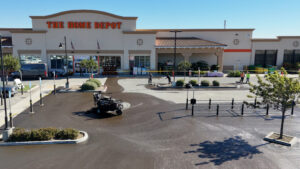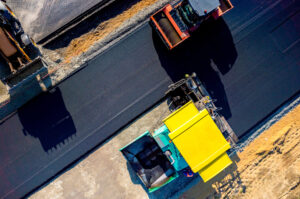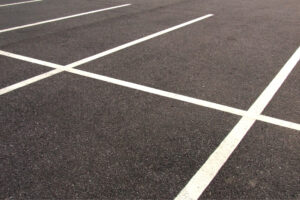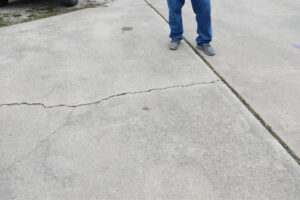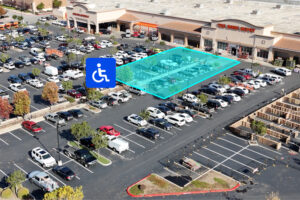See our work on social media:
Maintenance Monday:
Joints In Concrete Slabs
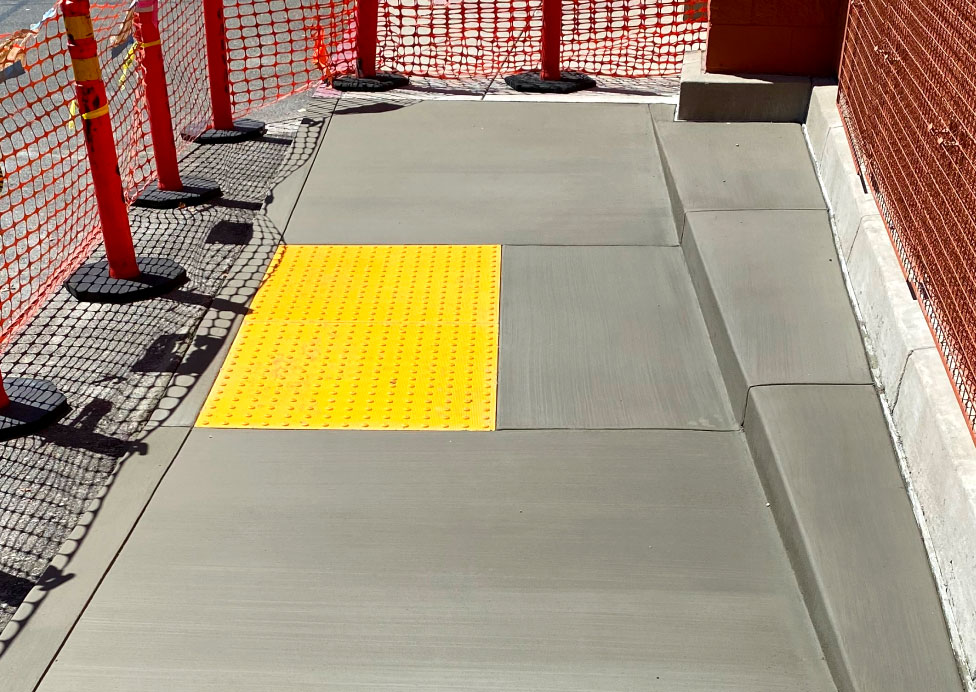
Concrete Joint Information
Different joints in concrete slabs all have the same bottom-line purpose of preventing cracks
As concrete moves, if it is tied to another structure or even to itself, we get what’s called restraint, which causes tensile forces and invariably leads to cracking. Restraint simply means that the concrete element (whether it’s a slab a wall or a foundation) is not being allowed to freely shrink as it dries to expand and contract with temperature changes or to settle a bit into the subgrade. Joints allow one concrete element to move independently of other parts of the building or structure. Joints also let concrete shrink as it preventing what’s called internal restraint. Internal restraint is created when one part of a slab shrinks more than another or shrinks in a different direction. Think how bad you feel when part of you wants to do one thing and another part wants to do something else! Concrete feels the same way. If you have a question about Calvac Paving, please contact us at Calvac Paving 2645 Pacer Ln San Jose, CA 95111 408-225-7700 sales@calvacpaving.com
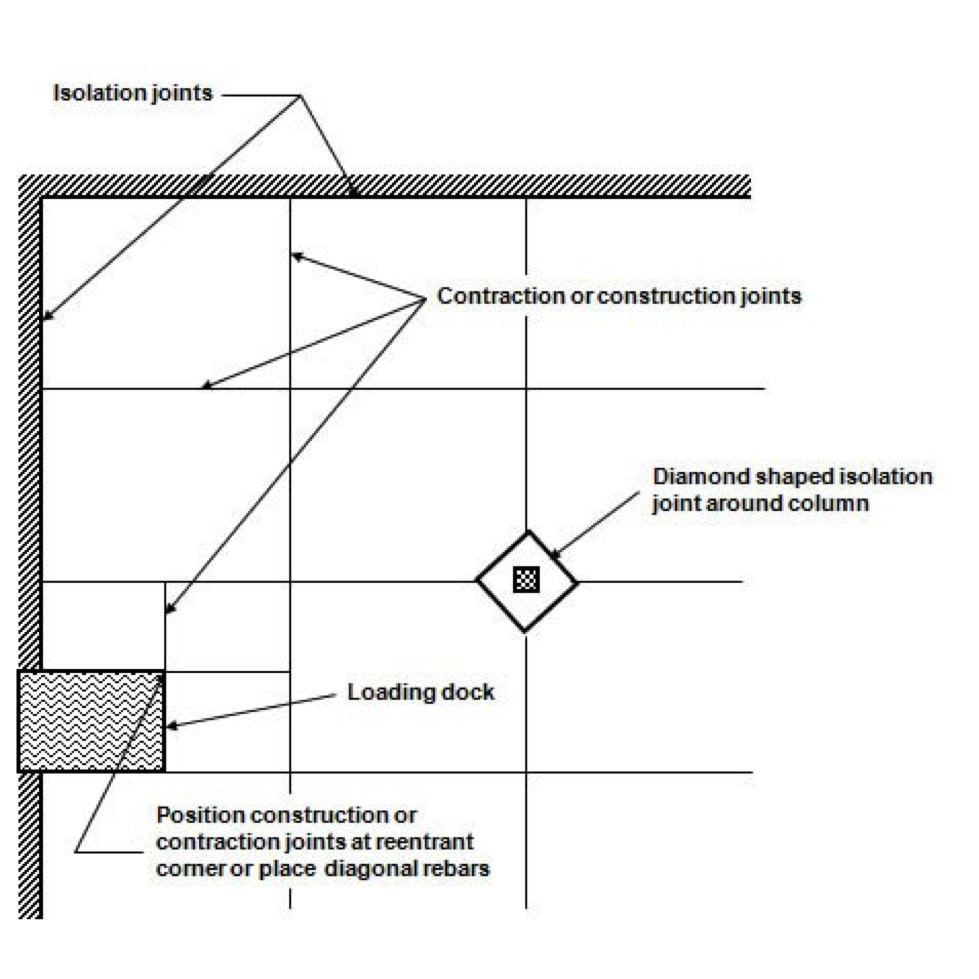
Company
Services
Contact us
© 2025 All Rights Reserved.

